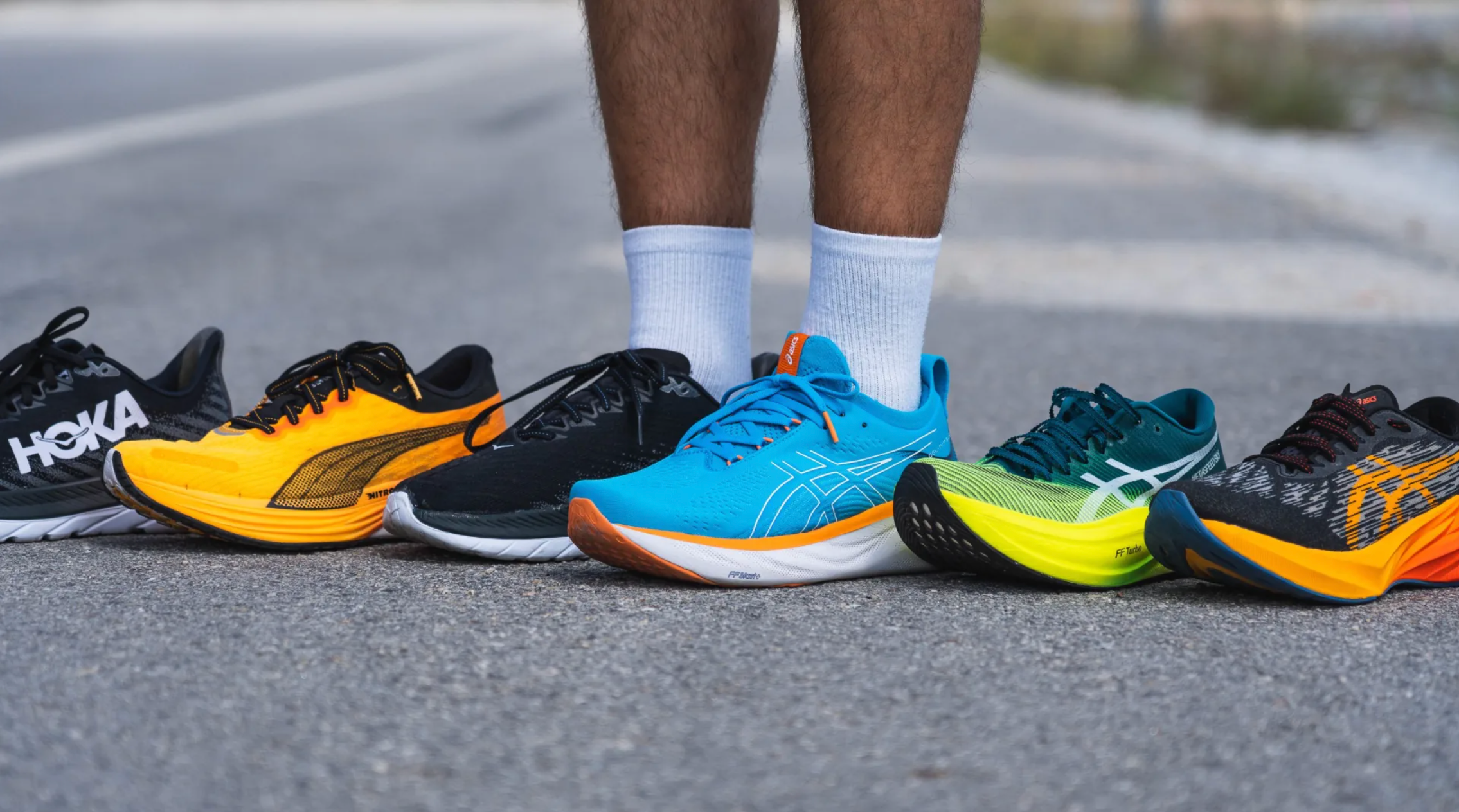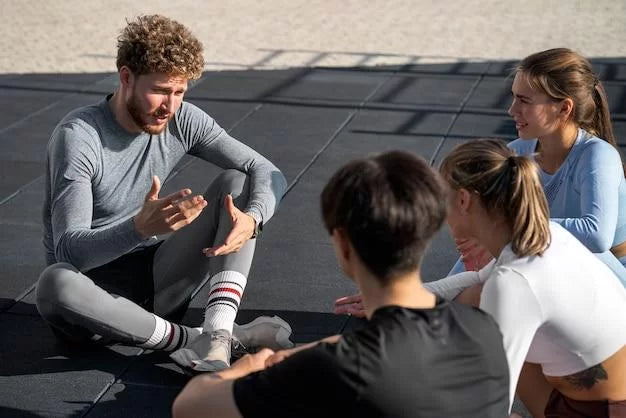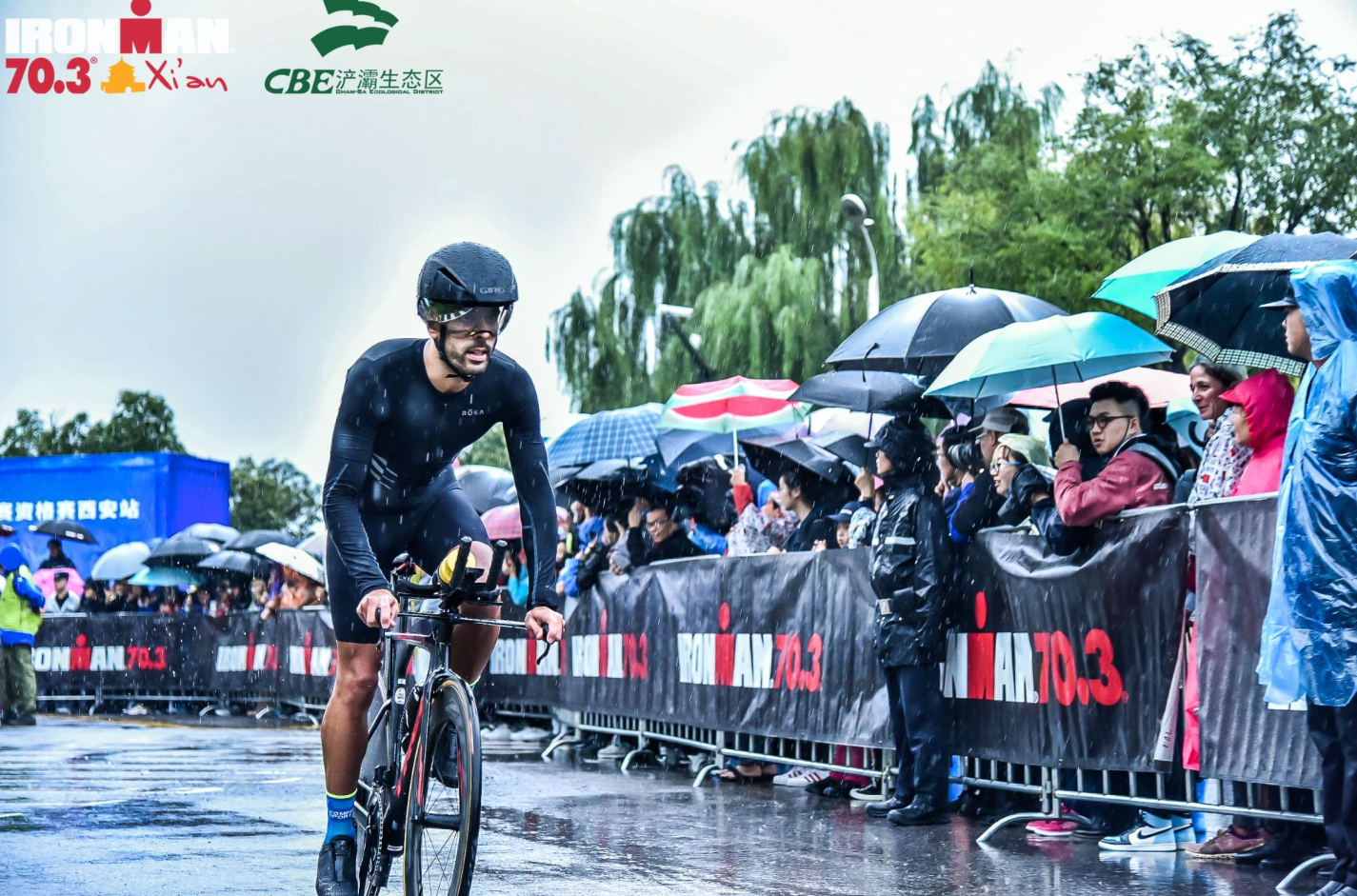
The Real Guide to Picking Running Shoes for Your Next Half Marathon
The Real Guide to Picking Running Shoes for Your Next Half Marathon
Choosing running shoes for a half marathon isn’t about hype or trends—it’s about performance, comfort, and making it through race day in one piece. If you want to avoid blisters, nagging injuries, and bad race memories, you need shoes that fit your body, not just whatever everyone else is wearing.
Below, I’ll break down exactly how to pick the right shoes, what mistakes to avoid, and what to do before race day to make sure your feet aren’t your weak link.
Quick Wins—What Matters Most
-
Know your foot type and running gait—don’t skip this
-
Fit > everything else
-
Don’t chase “magic” shoe tech—pick what supports you
-
Break in shoes slowly, not the week before your race
-
Right socks can make or break your race
1. Figure Out Your Foot and Gait—This Is Non-Negotiable
Why it matters:
Your arch, foot strike, and natural movement all impact comfort and injury risk. The wrong shoe = more risk for heel, Achilles, and knee issues.
How to check:
-
Wet test: Wet your feet, stand on paper, and look at the imprint (flat, normal, or high arch).
-
Watch yourself jog: Notice if your ankles roll in (pronation), out (supination), or stay neutral.
-
Get a pro fit: Local running store or physical therapist can do a real gait check. Worth it.
If you skip this:
Expect more blisters, aches, or even injuries, especially in the second half of your race.
2. Get the Right Fit—It’s Not About the Brand
Skip size guessing:
-
Brands fit differently. Always try shoes on late in the day (your feet swell).
-
Use the thumb test—there should be a thumb’s width between your toe and the front of the shoe.
-
Check the width—too tight means blisters, too loose means sliding.
Quick tip:
Don’t buy based on looks or sales. Function > everything.
Try different lacing:
Sometimes a “runner’s loop” or other lacing trick fixes minor fit issues fast.
3. Cushioning and Support—Find Your Sweet Spot
Heel striker?
Look for more rear cushioning.
Midfoot or forefoot striker?
A bit firmer shoe, more responsive feel.
Arch support:
Flat feet = extra stability.
High arches = more flexibility or “barefoot-style” shoes.
Balance weight and support:
Lightweight is good—unless you need more structure. Find your personal balance.
4. Think About Terrain and Weather
-
Road race? Go with lighter, smooth-soled trainers.
-
Trail race? Get grippy outsoles, stronger uppers.
-
Wet weather? Look for water resistance, not just “breathable.”
-
Hot/humid? Prioritize mesh uppers for airflow.
Season matters:
Winter = maybe more insulation. Summer = max breathability.
5. Don’t Forget the Break-In Period
-
Wear new shoes on at least 2–3 runs, including one long run, before race day.
-
If you get hot spots or discomfort, address them early.
-
New shoes should never feel painful, even at first.
Don’t try anything brand new on race week—rookie mistake.
6. The Socks Matter More Than You Think
-
Always race in the same socks you’ve used in training.
-
Moisture-wicking, snug fit, no cotton.
-
Good socks + right shoes = fewer blisters, less drama.
My Go-To Picks for Half Marathon Shoes (2024)
-
Brooks Ghost: Neutral, all-around comfort, great for most runners.
-
Saucony Kinvara: Lighter, responsive, good for faster folks or race day.
-
Hoka Clifton: Extra cushioning, perfect if you want plush but not slow.
-
ASICS Gel-Kayano: Best for overpronators who need stability.
-
Nike ZoomX Vaporfly: Pricey, but insanely light and fast for experienced runners.
Budget options:
-
ASICS Gel-Contend
-
New Balance Fresh Foam Arishi
Remember: No shoe is “the best.” The best shoe is the one that fits your feet, your running style, and your goals.
Pro Tips Before Race Day
-
Break in shoes gradually.
-
Rotate with an older pair for daily runs until you’re confident.
-
Never wear brand-new shoes for your race.
FAQ—Quick Answers for Real Runners
1. How do I know if a shoe is too tight?
If your toes touch the end, or you feel tingling/numbness, it’s too tight. You want a thumb’s width at the front.
2. How much time does it take to break in running shoes?
Usually 2–3 weeks of running 2–4 times per week.
3. Should I use custom insoles?
Only if you’ve had recurring injuries or a professional recommends them.
4. Can I race in lightweight “race day” shoes if I’ve never tried them?
Don’t risk it. Train in them first.
5. Do socks really make a difference?
Absolutely—bad socks = blisters, even in the best shoes.
Ready to Go Further?
Want a personalized half marathon training plan or my BQ pacing calculator? [Download my free guide here] or [book a quick consult]. Got a shoe question? Drop it in the comments—I’ll reply personally.


